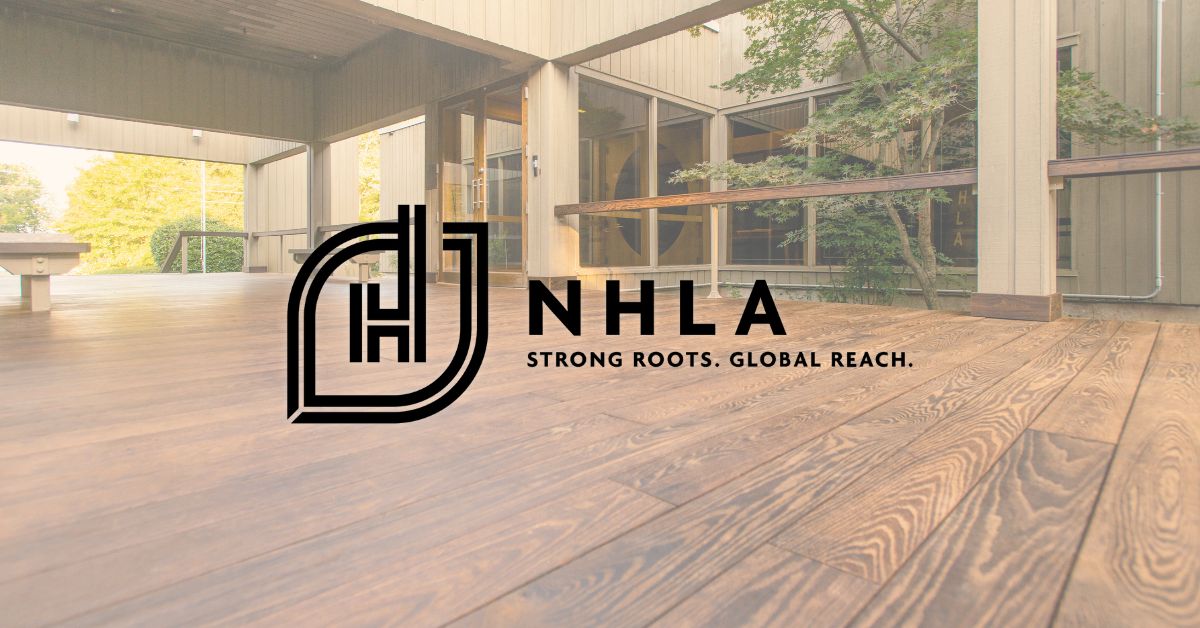Should NHLA Do Market Development?
Remember when you were a student and how naive you were. I once reported on the future of wood preservatives; Chromated Copper Arsenic (CCA) was voluntarily being taken out of the residential market, and my report at the University of British Columbia was to analyze and determine which preservative would take over for CCA. I predicted that Ammonia Copper Quaternary (ACQ) would dominate, but I was wrong. My professor predicted otherwise, and 22 years later, he was right. The truth is simple: mistakes aren’t failures—they’re the stepping stones to wisdom.
Now that I have 20 years of product development experience, I see most of my mistakes. Marketing mistakes have significant impacts. Structural Insulated Panels (SIPs) were all the rage in the early 2000s, but had several premature failures. Cross-Laminated Timber (CLT) and Thermally Modified Wood (TMW) have also had some early failures that hurt the market and slowed their development. But substitute products have had much innovation; they have mastered the wood grain and texture, simplified the installation, and developed a strong market that they took from us. These examples reveal a larger pattern: wood innovations often stumble early, while substitutes continue to advance. Nanotechnology is great, but it will have nanoscale effects on the market. Housing, flooring, cabinets, and wood have had little innovation in the last century. Meanwhile, substitute products have mastered wood grain and texture, simplified installation, and captured market share.
We can’t just sit around and hope things will get better. Instead of repeating past mistakes, NHLA now has an opportunity to lead by coordinating market development. As mistakes can be costly, they can put a company out of business. Here’s the key point: NHLA can spread the risk of innovation across its membership, lowering costs for everyone and increasing the odds of success. I can speak to that about my days at a concentration yard, thermally modifying hardwood lumber. Those days are behind me, but the market for it has come. NHLA can manage product development costs more effectively than individual companies by distributing them across a larger membership base. Not everyone will thermally modify wood or grade for structural hardwoods, but those who do will help diversify the market and strengthen the industry.
Even if your company doesn’t directly adopt a new product, you still gain when proven ideas succeed. You avoid costly trial-and-error, keep your dollars focused on improvements that work, and benefit from a stronger overall industry. Not every NHLA initiative will succeed, but the lessons learned still move us forward. When even a few innovations advance, the entire hardwood market grows stronger, more resilient, and better positioned for the future. That shared success is the common ground we all need—and it benefits every one of us.
Dallin Brooks
NHLA Executive Director
[email protected] | 901-377-0182
Share:
Related News & Blog

September 1, 2025

September 1, 2025
Questions?
Have questions or need any assistance regarding the NHLA Annual Convention & Exhibit Showcase?
